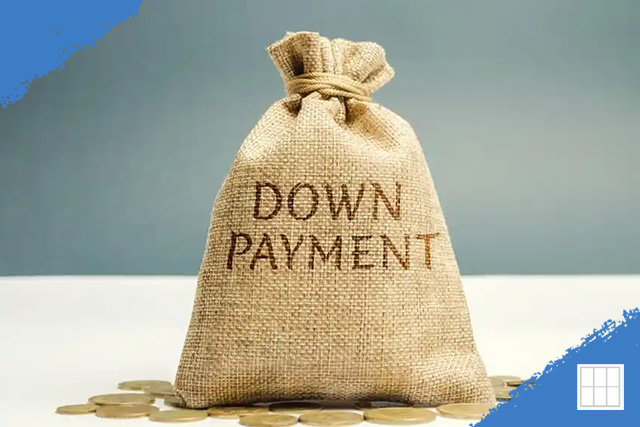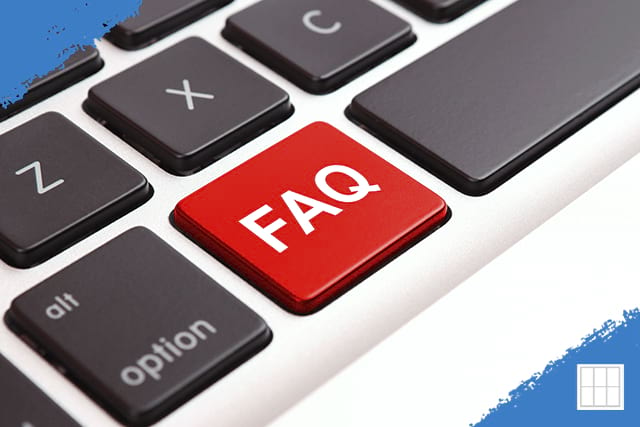Kansas City Mortgage FAQs Welcome to the Kansas City mortgage FAQs page for Metropolitan Mortgage…

A Beginner’s Guide: How to Save for a Down Payment
Tips and Strategies for Building Your Savings
If you’re looking to purchase a home, one of the biggest hurdles you may face is saving up for a down payment. A down payment is the amount of money you pay upfront when buying a house. It is usually a percentage of the total purchase price, typically ranging from 3% to 20%. In this blog post, we’ll provide you with tips and strategies for how to save for a down payment so that you can achieve your dream of homeownership.
Assess Your Financial Situation
Before you start saving for a down payment, it’s important to assess your current financial situation. Take a look at your income, expenses, and debt to determine how much you can realistically save each month. You may also want to consider meeting with a loan advisor to get a better understanding of your overall financial health.
Create a Budget
Creating a budget is essential for saving for a down payment. It will help you track your spending and identify areas where you can cut back. Start by listing all of your monthly income and expenses, including rent, utilities, groceries, and entertainment. Then, look for areas where you can reduce your spending, such as dining out or subscription services. Aim to save at least 10% of your income each month.
Open a Separate Savings Account to Save for a Down Payment
It’s important to keep your down payment savings separate from your regular checking account to avoid accidentally spending it. Consider opening a high-yield savings account or a money market account specifically for your down payment savings. These accounts usually offer higher interest rates than traditional savings accounts, which can help you reach your savings goal faster.
Cut Back on Expenses
Cutting back on expenses is one of the most effective ways to save for a down payment. Consider canceling unnecessary subscriptions, reducing your dining out budget, and finding cheaper alternatives for entertainment. You can also save money on utilities by turning off lights and appliances when not in use and adjusting your thermostat a few degrees.
Increase Your Income and Save for a Down Payment
If you’re struggling to save enough money each month, consider increasing your income. You could take on a part-time job, freelance work, or start a side business. You could also ask for a raise at your current job or look for higher-paying opportunities elsewhere. Any extra income you earn can go directly into your down payment savings account.
Stay Motivated and Save for a Down Payment
Saving for a down payment can be a long and challenging process, but it’s important to stay motivated. Set achievable goals for yourself and celebrate when you reach them. Keep visual reminders of your progress, such as a savings tracker or a vision board. You can also stay motivated by remembering why you’re saving for a down payment in the first place – to achieve your dream of homeownership. Feel free to contact Metropolitan Mortgage with any questions on your home buying journey.



